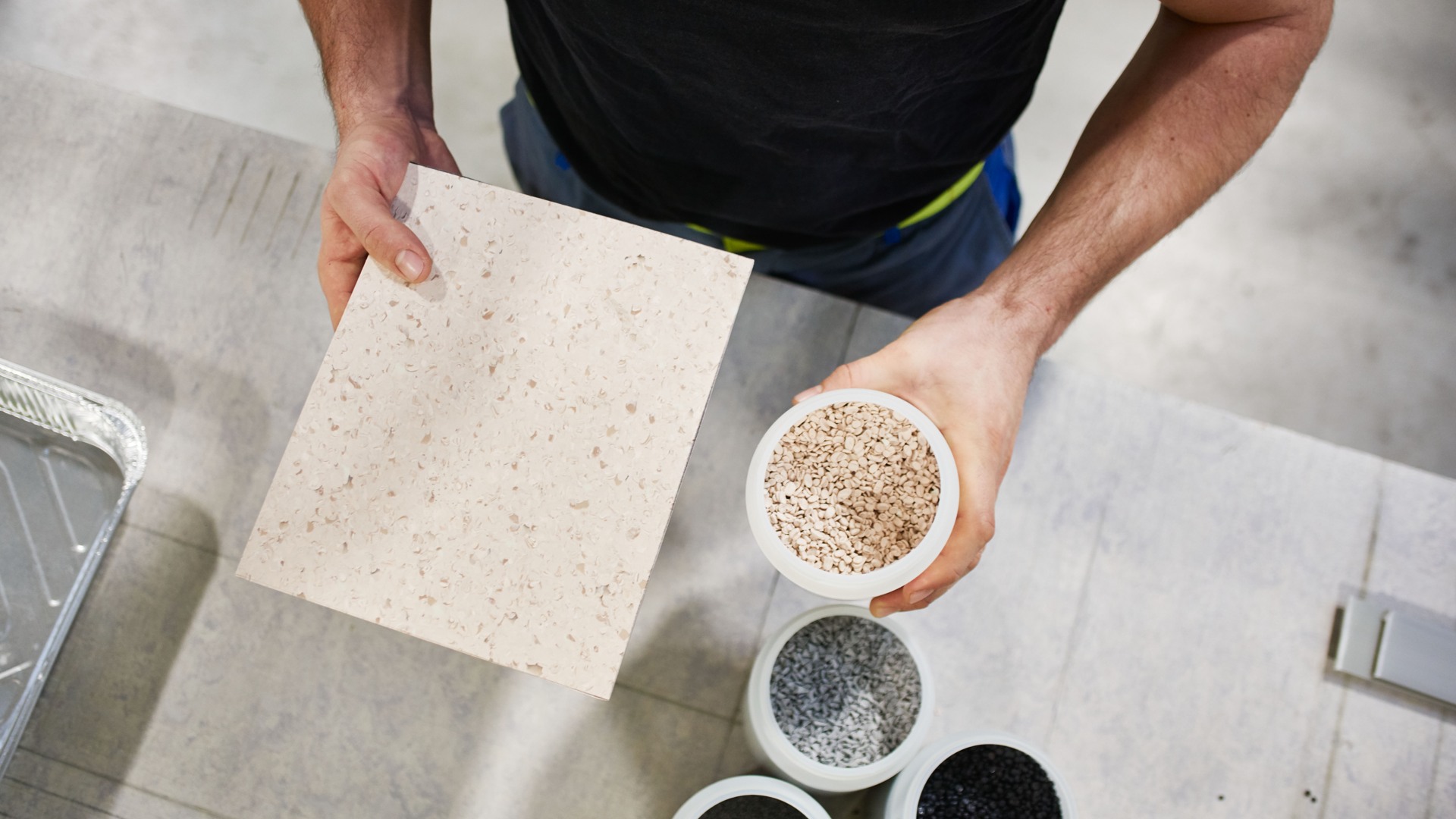From ash to floor
Is it possible to create carbon negative raw material for floors from ash piles? Yes, and the new raw material also binds CO2 and helps lowering the climate footprint.
27 Apr 2022The flooring company Tarkett and Ragn-Sells have partnered up to help fight the climate change. The objective is to create carbon negative raw material for floors derived from the historic ash piles of East Estonia made up of the residual waste from 50 years of Estonian energy production.

Ragn-Sells’ unique solution extracts resources from the ash piles and use captured carbon dioxide to produce a carbon negative PCC product (precipitated calcium carbonate), meaning that the product consumes more carbon dioxide than it emits.
– Our vinyl flooring will have a lower carbon footprint and an increased amount of recycled content. This is exactly the kind of innovative and robust partnership that we believe will pave the way for a circular and carbon neutral society, says Arnaud Marquis, Chief Sustainability Officer at Tarkett.
Both companies share a long-term commitment: to be a driving force in the transition to a business and society built on circular economy by developing and implementing sustainable solutions that reduce carbon emissions, as well as support a healthy environment.
– At Ragn-Sells we are committed to bringing more resources back into the loop. But to close these loops, we need to collaborate with other stakeholders in the value chain. Tarkett is an excellent example of a company that share our vision and commitment, and we very much look forward to developing our collaboration, says Pär Larshans, Sustainability Director at Ragn-Sells.